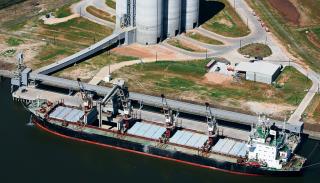With oil prices forecast to remain at the lower end of the scale, Gulf Cooperation Council countries reassess their needs. A heightened focus on economic diversification drives infrastructure investment and governments address the lack of affordable housing for their growing populations. However, the expansion of cement capacity is outpacing demand growth. By Hettish Karmani, Ubhar Capital, Oman.
Cement capacity in the Gulf Cooperation Council (GCC) countries has witnessed a significant growth over the last five years, rising by 25Mta to 142Mta in 2016 (see Table 1). Therefore, Oman-based Ubhar Capital estimates that the GCC’s total installed capacity currently far exceeds the demand.
Of this 25Mta increase, 9.5Mta was added in 2015 and 8.3Mta was added in 2016. This clearly reflects that GCC cement manufacturers have been consistenly adding new capacity, anticipating higher demand as a result of heightened construction activity in the region. Total capacity of listed companies grew to 114Mta in 2016 from 90.4Mta in 2012. At the same time, unlisted cement companies’ capacity stood at 28Mta in 2016 compared to 26Mta in 2012. The reason for the low capacity growth in this part of the cement industry was that these companies continued to list on their respective counties’ stock exchanges.
